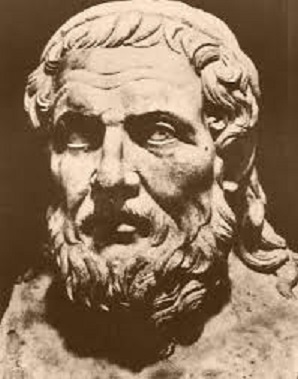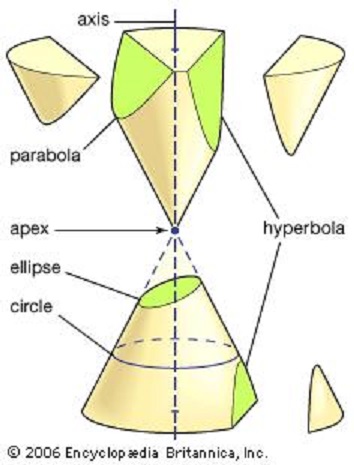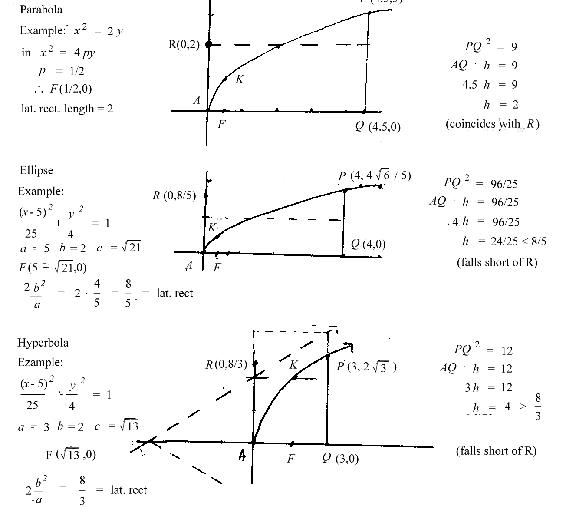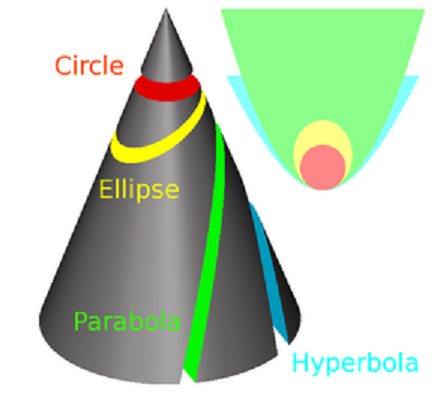
Apollonius of Perga

Apollonius of Perga, (born c. 240 bc, Perga, Pamphylia, Anatolia—died c. 190, Alexandria, Egypt) mathematician and astronomer, known by his contemporaries as “the Great Geometer,” whose treatise Conics is one of the greatest scientific works from the ancient world. Most of his other treatises are now lost, although their titles and a general indication of their contents were passed on by later writers, especially Pappus of Alexandria (fl. c. ad 320). Apollonius’s work inspired much of the advancement of geometry in the Islamic world in medieval times, and the rediscovery of his Conics in Renaissance Europe formed a good part of the mathematical basis for the scientific revolution.
As a youth, Apollonius studied in Alexandria (under the pupils of Euclid, according to Pappus) and subsequently taught at the university there. He visited both Ephesus and Pergamum, the latter being the capital of a Hellenistic kingdom in western Anatolia, where a university and library similar to the Library of Alexandria had recently been built. In Alexandria he wrote the first edition of Conics, his classic treatise concerning the curves—circle, ellipse, parabola, and hyperbola—that can be generated by intersecting a plane with a cone; see figure. He later confessed to his friend Eudemus, whom he had met in Pergamum, that he had written the first version “somewhat too hurriedly.” He sent copies of the first three chapters of the revised version to Eudemus and, upon Eudemus’s death, sent versions of the remaining five books to one Attalus, whom some scholars identify as King Attalus I of Pergamum.
No writings dedicated to conic sections before Apollonius survive, for his Conics superseded earlier treatises as surely as Euclid’s Elements had obliterated earlier works of that genre. Although it is clear that Apollonius made the fullest use of his predecessors’ works, such as the treatises of Menaechmus (fl. c. 350 bc), Aristaeus (fl. c. 320 bc), Euclid (fl. c. 300 bc), Conon of Samos (fl. c. 250 bc), and Nicoteles of Cyrene (fl. c. 250 bc), he introduced new generality. Whereas his predecessors had used finite right circular cones, Apollonius considered arbitrary (oblique) double cones that extend indefinitely in both directions.

The first four books of the Conics survive in the original Greek, the next three only from a 9th-century Arabic translation, and an eighth book is now lost. Books I–IV contain a systematic account of the essential principles of conics and introduce the terms ellipse, parabola, and hyperbola, by which they became known. Although most of Books I–II are based on previous works, a number of theorems in Book III and the greater part of Book IV are new. It is with Books V–VII, however, that Apollonius demonstrates his originality. His genius is most evident in Book V, in which he considers the shortest and the longest straight lines that can be drawn from a given point to points on the curve. (Such considerations, with the introduction of a coordinate system, lead immediately to a complete characterization of the curvature properties of the conics.)
The only other extant work of Apollonius is “Cutting Off of a Ratio,” in an Arabic translation. Pappus mentions five additional works, “Cutting Off of an Area” (or “On Spatial Section”), “On Determinate Section,” “Tangencies,” “Vergings” (or “Inclinations”), and “Plane Loci,” and provides valuable information on their contents in Book VII of his Collection.

Many of the lost works were known to medieval Islamic mathematicians, however, and it is possible to obtain a further idea of their contents through citations found in the medieval Arabic mathematical literature. For instance, “Tangencies” embraced the following general problem: given three things, each of which may be a point, straight line, or circle, construct a circle tangent to the three. Sometimes known as the problem of Apollonius, the most difficult case arises when the three given things are circles.
Of the other works of Apollonius referred to by ancient writers, one, “On the Burning Mirror,” concerned optics. Apollonius demonstrated that parallel light rays striking the interior surface of a spherical mirror would not be reflected to the centre of sphericity, as was previously believed; he also discussed the focal properties of parabolic mirrors. A work titled “On the Cylindrical Helix” is mentioned by Proclus (c. ad 410–485). According to the mathematician Hypsicles of Alexandria (c. 190–120 bc), Apollonius also wrote “Comparison of the Dodecahedron and the Icosahedron,” on the ratios between both the volumes and the surface areas of these Platonic solids when they are inscribed in the same sphere. According to the mathematician Eutocius of Ascalon (c. ad 480–540), in Apollonius’s work “Quick Delivery,” closer limits for the value of π than the 310⁄71 and 31⁄7 of Archimedes (c. 290–212/211 bc) were calculated. His “On Unordered Irrationals” extended the theory of irrationals found in Book X of Euclid’s Elements.

Lastly, from references in Ptolemy’s Almagest, it is known that Apollonius proved the equivalence of a system of eccentric planetary motion with a special case of epicyclic motion. Of particular interest was his determination of the points where, under general epicyclic motion, a planet appears stationary.
[1]
Sources
[1] "Encyclopaedia Britannica"
Our Mobile Application
Check out Our Mobile Application "Ancient Greece Reloaded"


